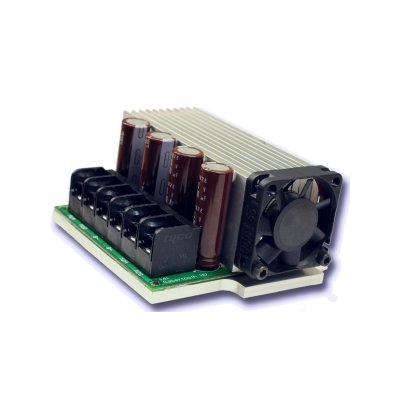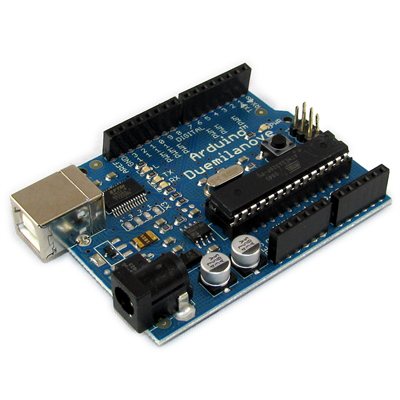Greetings forums!
I am working on a summer project with a friend and we decided to make a robotic lawn mower. We used the drive motor sizing tool and selected this motor: Here. We plan to use one on each wheel in a skid-steer system.
Our issue is we don’t know what to do next. I know we need a motor controller and a micro-controller, but unsure of what to use. We are hoping for a half-way point to be a remote-control lawn mower to test out the system, then replace the remote stuff with automated stuff.
Thanks,
RoboMower
Thank you for the suggestions. That Adruino board looks great, but the motor controller, ouch! I understand that good parts cost good money, but that is a bit out of our budget.
The problem is with our lawn mower and car battery we have a 90lb robot already. My partner and I still aren’t really sure we have the right motor picked out. We haven’t ordered anything yet because things are moving slowly. Unexpected bills have come our way and we keep delaying development.
We used the motor sizing tool with these specs:
90lbs
4 drive motors
4inch drive wheel radius
2.2 ft/s (1MPH)
30 degree incline (estimated)
12volts
0.2m/s acceleration (it was the default)
2hour operating time
65% efficiency
and it came back with:
63 rev/min
83 kgf-cm
53.7Watts
4.5 Amps
36 Amp Hours
Looking around the robotshop website the Banebots RS-540 seemed like the only motor with good enough specs to fit our build. Is this right or did we overlook something? We’re just robot noobs wanting to get our feet wet with something useful.
I strongly recommend to take a look at Atmel AVR. Great and flexible microcontrolers. If you could get your hand on one of their Xplain boards, you have a grate starting platform. An alternative is a “Basic” based platform, which is simpler if you are not familiar with the c programming language, or assembly.
You can make your own “motor-controller”, a h-bridge, but I would recommend to buy a simple motor-controller with PWM communication. You need one for each wheel, or one dual for every two wheels and so on. Do remember to check that the motor-controller is capable to deliver enough current to the engines.
You could also just skip the remote control. A simple “go until I cant go no more” algorithm works grate. When end reached, back up and go another random direction. Just make it fail safe, so it don’t cut someone to bits.
Good luck.
The Xplain board is a very good platform, but there are some limitations, since it only has four ports. A up to D. E and F are LED’s and switches. But for now it works great. The ATxmega128A1 chip is very good. Lots of memory, counters and timers. Everything you need for a robot.
The figures that you obtained from the Drive Motor Sizing Tool seem fine. A 90 pound robot needs “significant” motors, especially moving up a 30 degree incline. Large motors obviously need a larger, more powerful motor controller. Note that the domestic lawn mowers we offer are significantly lighter than 90 pounds and therefore need smaller motors and motor controllers. If the motor is 65% efficient (and the motor controller and gearbox also lose efficiency), then you would only get about 2 hours white drawing 2 x 4.5A. The best thing you can do is to drastically cut down on the weight, or start considering the ramifications of building a larger robot.
Indeed Atmel AVR microcontrollers are great, especially when combined with the Arduino IDE for those who do not want to have to worry about putting together a tool chain and including a compiles, linker, programmer, etc.
We suggest you use a standard Arduino (based on Atmel AVR chips) but you can find a wide selection of Arduino compatible board that might better suit your needs in the Arduino section.

Also, you could certainly make you own H-bridge but you must keep in ming that your particular motors can demand as much as 42A of current. Maybe opting for an appropriately sized DC motor controller would be best.





